- 35 Posts
- 5 Comments

 142·5 months ago
142·5 months agoSame people, they’ve been making biodegradable footwear for a bit now.

 82·8 months ago
82·8 months agoI don’t have other numbers handy, but that 3GWh number is storage capacity, which isn’t comparable to annual usage.

 01·9 months ago
01·9 months agoWhen you’re working with coproducts like algae-derived pharmaceuticals (see Lumen biotech in Seattle) that sell for 6 figures/kg you’re correct, much more stringent pharma-like ideas do get implemented because the down time is costly. This is seen in indoor reactor setups where you can grow under artificial light year round. Outdoors, the cost to implement more sophisticated systems doesn’t translate in your TEA especially when growing things like protein which is cheap in comparison.

 01·9 months ago
01·9 months agoIt is a complicated topic, pest management strategies can vary. A lot of the time it is site and organism specific as far as what you’d end up with, certain species can be susceptible to different infestations. So many invasive organisms require different cures, these can include chemicals, fungicides, filtration, but these kinds of contamination events are somewhat expected after enough time, so as long as the same issue isn’t recurring too frequently, the economic strategy is to just reboot the pond after a clean.
Typically, the strategy is to outcompete what you may get contaminated with. Ideally your crop is a high productivity strain of algae (much more productive than things originating outside the pond), and as long as the algae exhibit faster growth rates, the invasive species doesn’t have an opportunity to take off as the desired algae will continue to take the majority of nutrients.
If you get something toxic in there, it’s gotta be dealt with accutely based on the critter, but other preventative strategies like inlet media filtration/heating, crop rotation, and organism population monitoring can help mitigate these things from starting up. A good review can be found here.

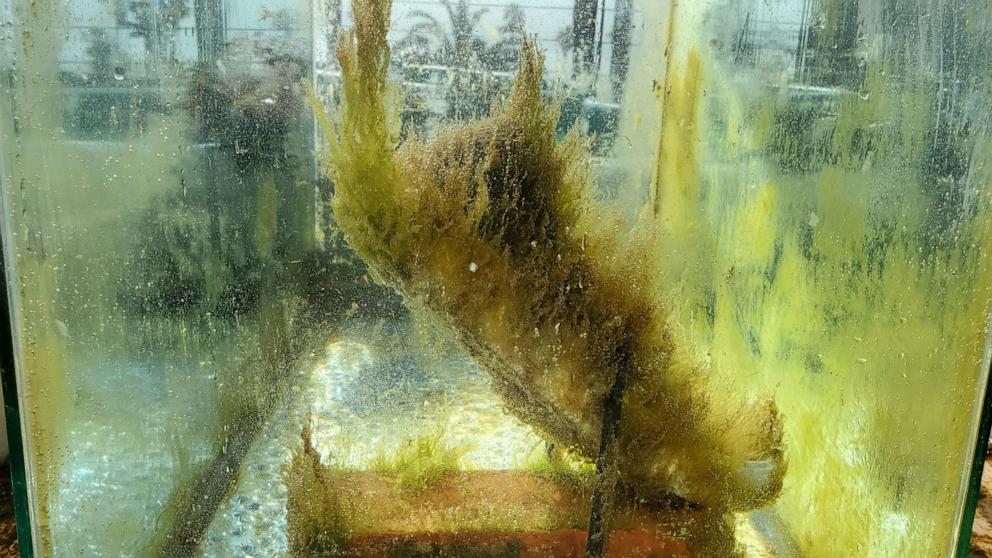
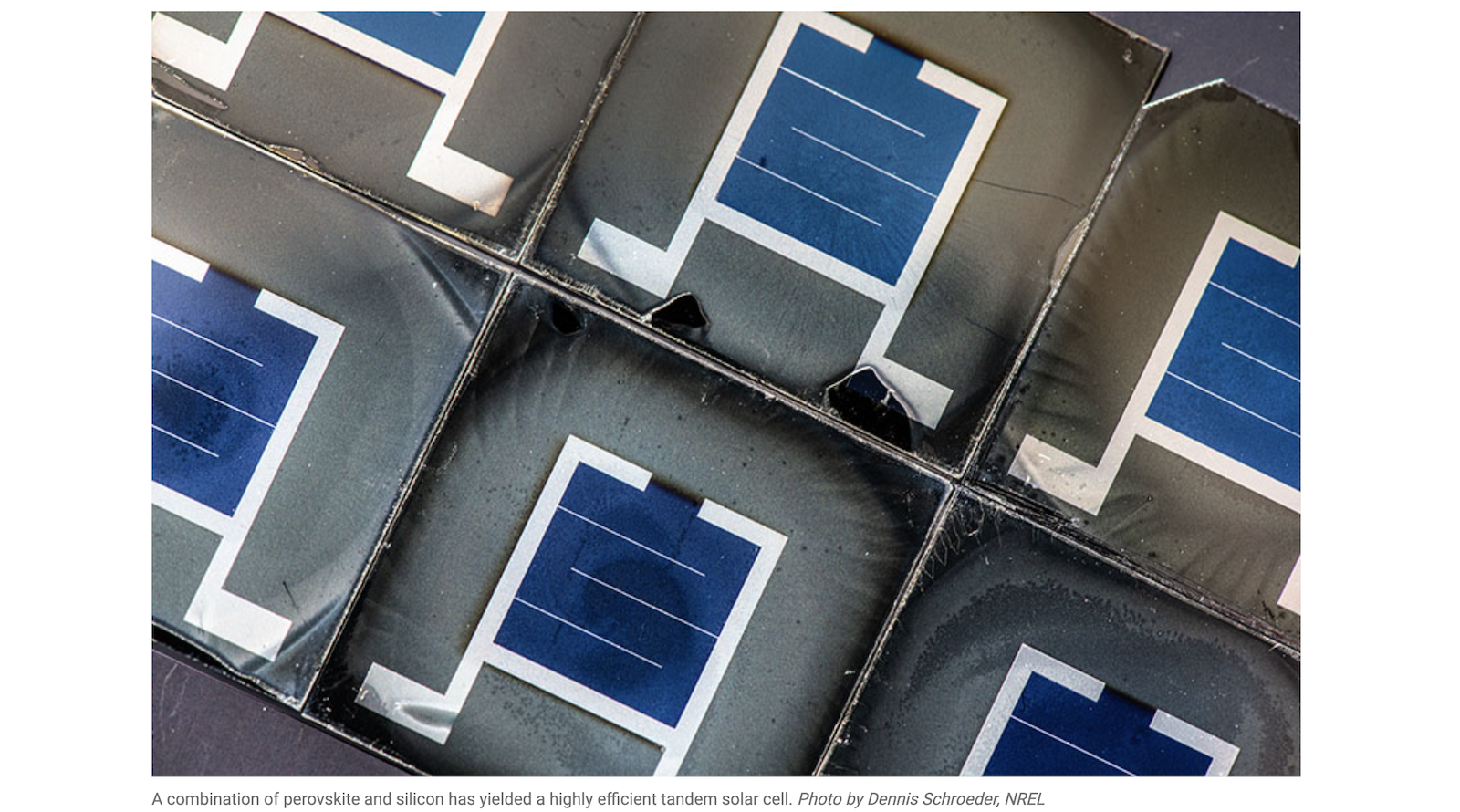



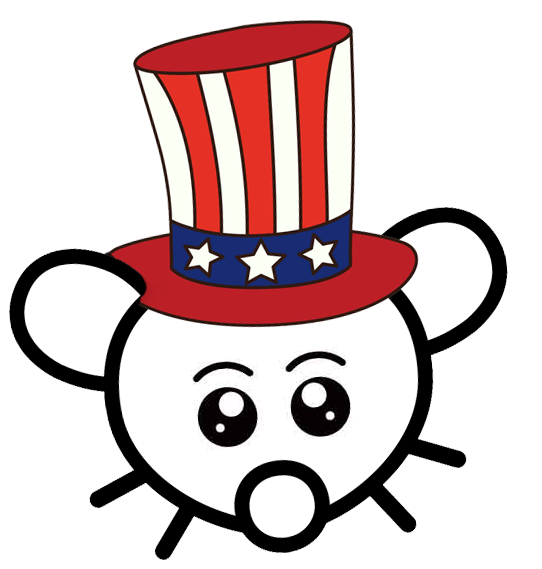
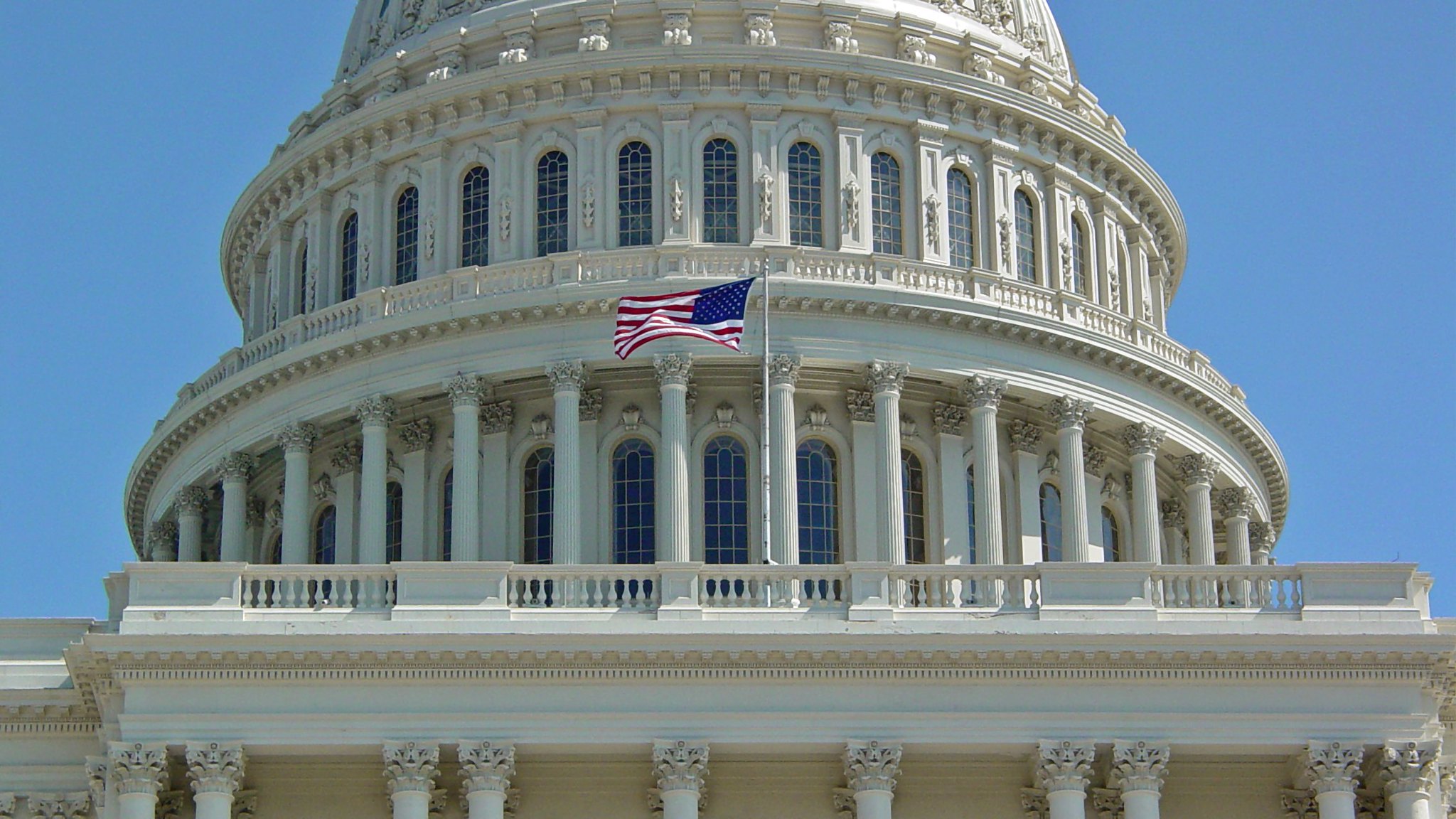




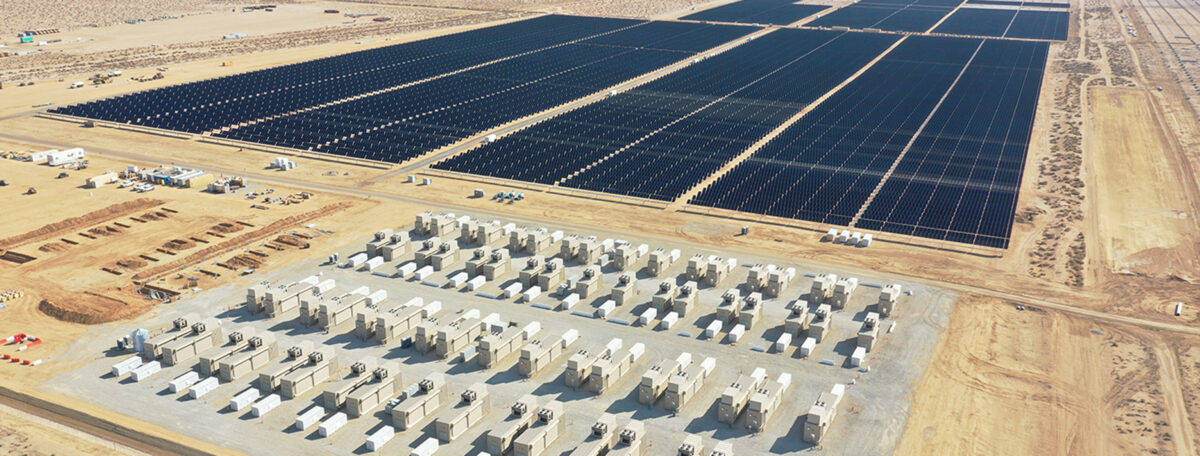


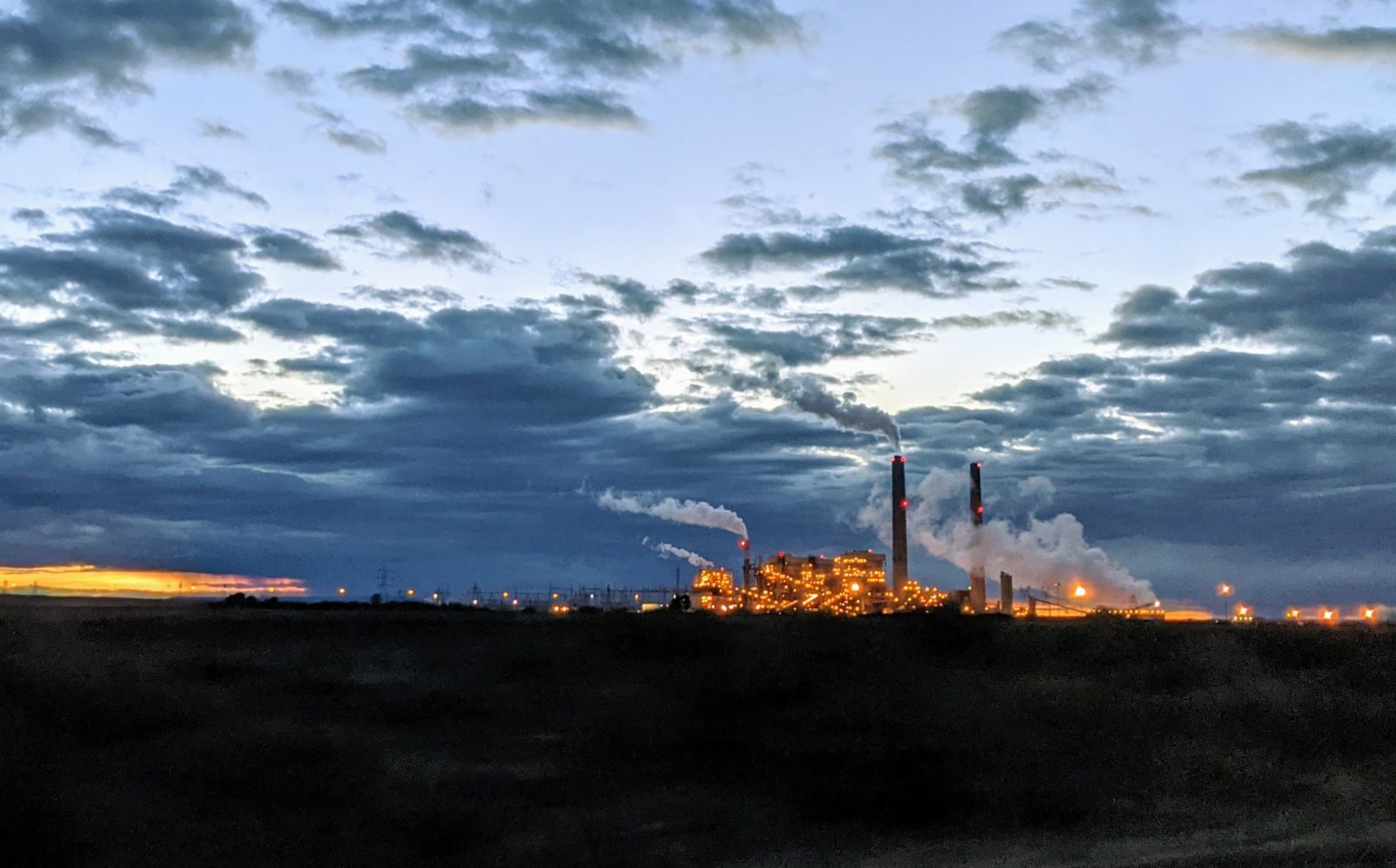
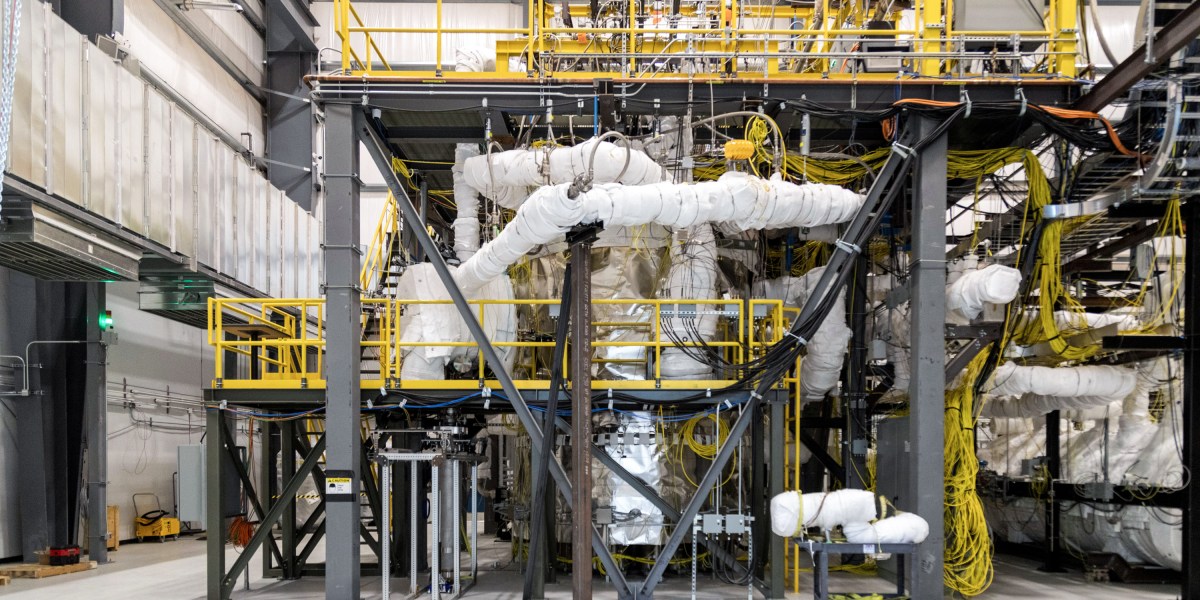

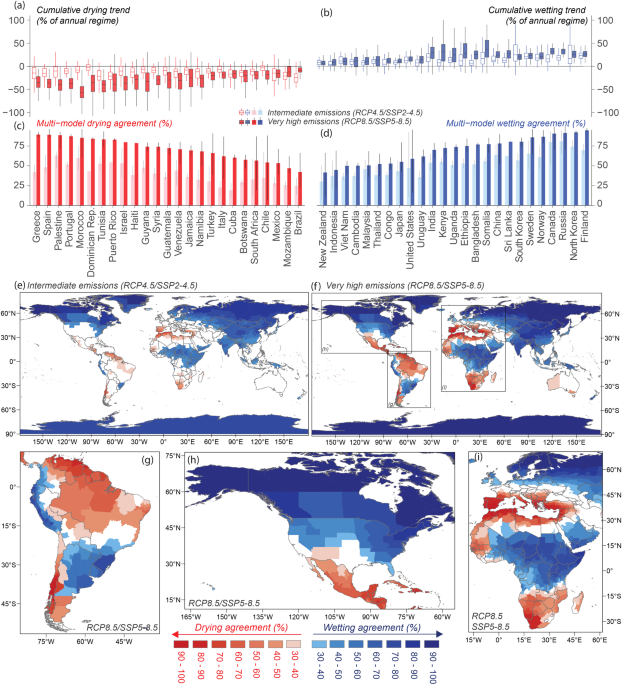
https://www.poynter.org/fact-checking/2023/who-fact-checks-the-fact-checkers-research/